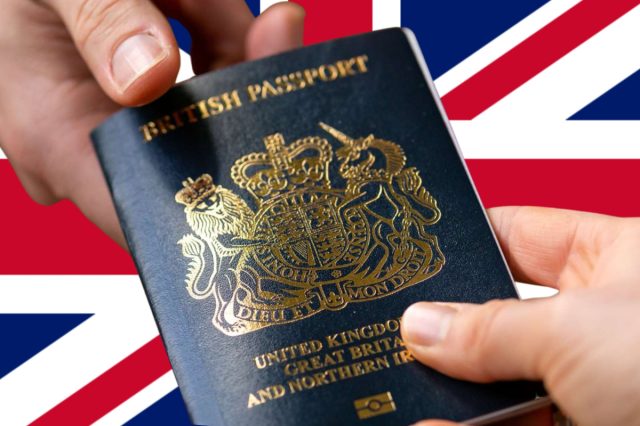British passports will once again bear the title ‘His Majesty’ for the first time since 1952, as announced by the Home Secretary. New British passports will be issued in the name of King Charles III. Marking a significant moment in the history of the UK.
Over the first six months of 2023, more than 5 million passports have been processed. With an impressive 99% of them issued within the standard UK service time of 10 weeks. The majority of these passports were delivered well within this timeline. Over 90% of them reach applicants within just three weeks. This remarkable performance showcases a substantial improvement in the efficiency of the HM Passport Office since 2022 when 95.4% of passports were issued within the 10-week timeframe.
Expressing her appreciation, Home Secretary Suella Braverman stated, “For 70 years, Queen has appeared on British passports, and many of us cannot recall a time when she did not feature. Today, the first British passports since 1952 will bear the title of His Majesty, the King. This marks a significant moment in UK history.”
As the HM Passport Office enters a new era, it is dedicated to delivering exceptional service to the British public. The Home Secretary expressed her gratitude for their outstanding accomplishments. Moreover, the unwavering dedication of the entire team. Despite the vast improvements made, she urged the public to ensure they apply for passports promptly.
Evolution of British Passports: From Safe Conducts to Modern Security Features
The history of British passports dates back to the reign of Henry V in 1414 when documents known as safe conduct were used. However, it wasn’t until 1915 that the first modern-style British passport’s. Featuring a photograph and signature were issued. Since then, numerous security features have been incorporated into British passports. Providing citizens with confidence in the authenticity and uniqueness of their documents. The introduction of security measures such as watermarks, holograms, elaborately printed patterns, and the polycarbonate page has been pivotal in ensuring the integrity of these passports.
In 1988, burgundy-coloured machine-readable passports were introduced. More than three decades later, in 2020, the distinctive blue cover made a comeback following the UK’s departure from the European Union.
